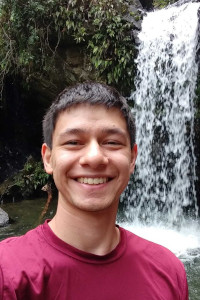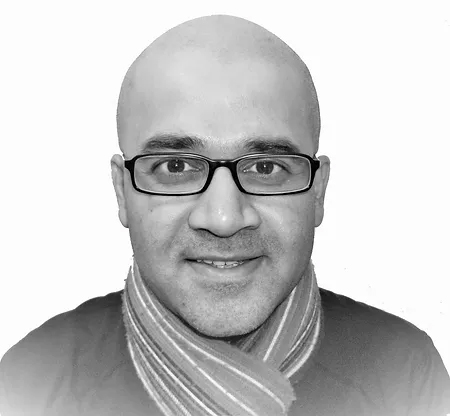Meet the Scientists
Linfeng Cai
lcai(at)emerginginvestigators.org

Linfeng is a Research Associate at the Language Centre of Hong Kong Baptist University. His educational and research experiences cross sciences and arts. He completed a BSc in Materials Chemistry at Yunnan University and a PhD in Physics at Hong Kong Baptist University and is pursuing an MA in Applied Linguistics at the University of Birmingham. His previous research covers nanoparticle synthesis and optoelectronics based on solution-processible semiconductor materials. Parallel to lab work, Linfeng developed an interest in scientific discourses and a passion for helping novice writers, which led him to delve into the research of disciplinary writing. He now manages a project that collects and analyzes thousands of undergraduate assignments to design discipline-specific language support. As a strong advocate for educational equity, Linfeng has worked with the Journal of Emerging Investigators since 2021 and actively engages in volunteer teaching and mentorship programs. In his free time, he enjoys hiking, traveling, and watching shows with his dogs.
Michael Kelbermann
Email: mkelberman(at)emerginginvestigators.org

Michael is a graduate student studying Neuroscience at Emory University in Dr. David Weinshenker’s lab. His research focuses of the impact of Alzheimer’s disease (AD) pathology on a small brain structure called the locus coeruleus (LC). AD is the most prevalent neurodegenerative disorder and a leading cause of death, with incidences likely to rise alongside an aging population. AD is characterized by aggregates of extracellular β-amyloid and intracellular tau neurofibrillary tangles. The LC is the brain’s primary noradrenergic nucleus and is known to degenerate in various neurodegenerative disorders. Interestingly, the locus coeruleus is prone to hyperphosphorylated tau aggregation in AD, often decades prior to the onset of cognitive deficits. The goal of his research is to understand the effects of hyperphosphorylated tau on LC function using a combination of approaches including electrophysiology, optogenetics, and functional magnetic resonance imaging. When not in the lab Michael enjoys hiking around Atlanta, running, and watching/coaching local youth soccer teams.
Vaibhav P. Pai
Email: vpai(at)emerginginvestigators.org

Pai is a Research Scientist at the Allen Discovery Center at Tufts University. His research focuses on understanding how bioelectrical signals (ion fluxes and membrane voltage patterns within somatic cells) control embryonic neural system (brain and eye) development, regeneration, and repair. Using Xeopus laevis (frog) as the model system, his research combines novel biophysical approaches and state-of-art imaging (voltage-reporter dyes and optogenetics) with developmental biology, neurobiology, molecular biology, and computational approaches to discover the basic principles underlying bioelectric control of brain and eye development. This knowledge will give us the capability to use bioelectric signal manipulation for neural regeneration and repair in cases of birth-defects, traumatic injuries, diseases, and cancer (all of which can be seen as issues of loss of shape information). This knowledge will also help develop new pharmaceuticals (drugs targeting ion channels - ionoceuticals) and could have long term impacts in bioengineering.
For leisure, Pai likes being outdoors. He particularly enjoys going for long walks and hiking up mountains, especially in the winter. His go-to spot around the American North East is the White Mountains in New Hampshire.